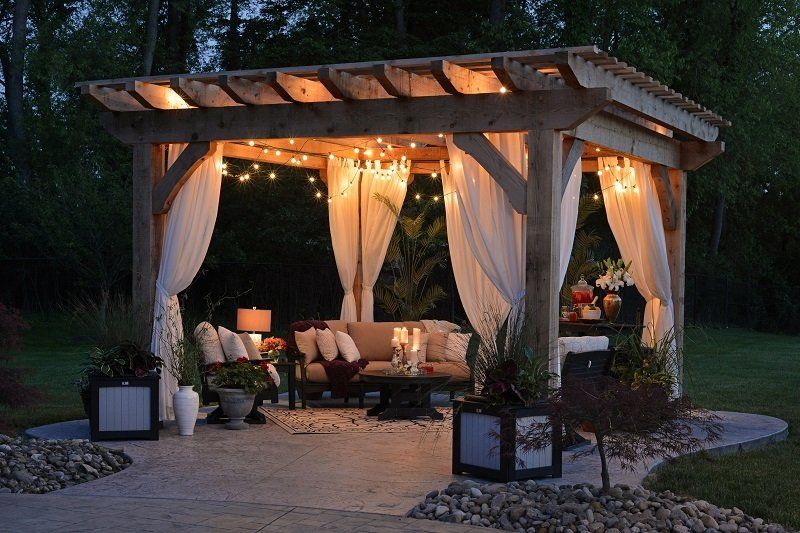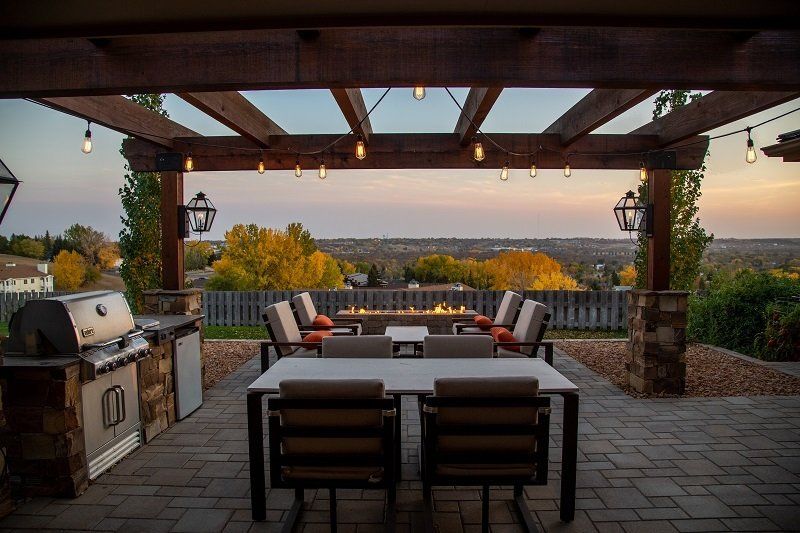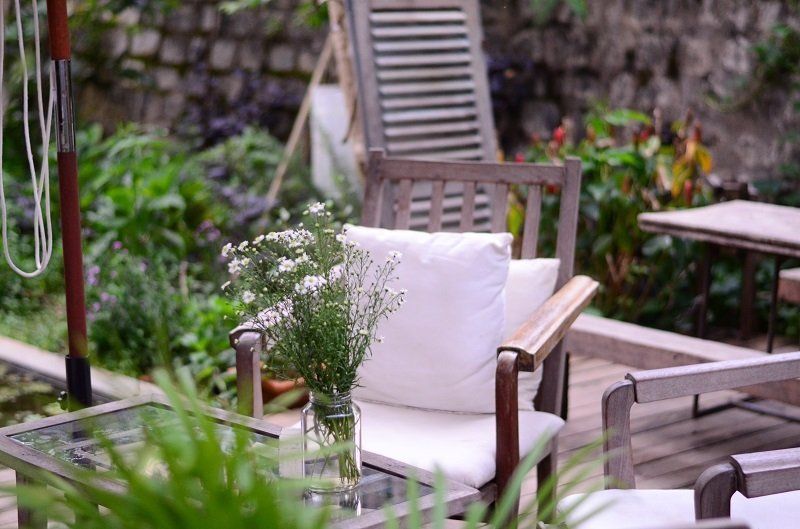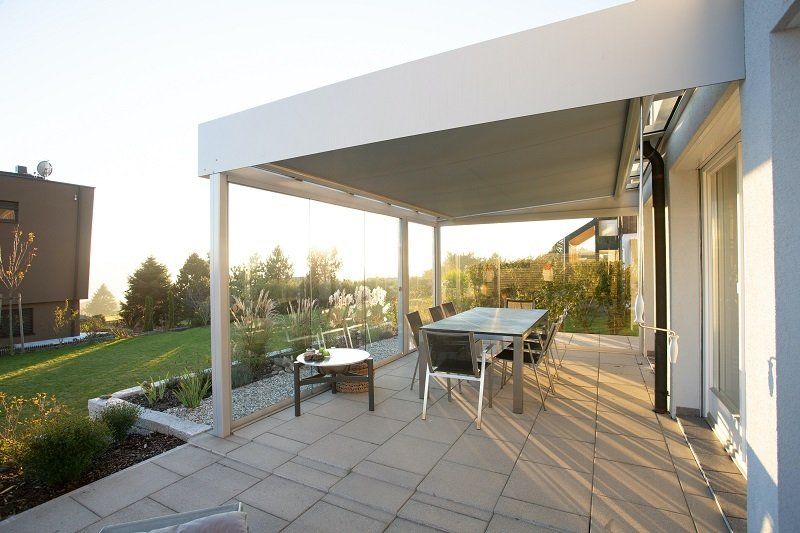Landscaping and hardscaping are two of the simplest and most affordable ways to add value to a home. Good landscaping makes a direct impact on people’s first impression of a home and eminently increases the owner’s enjoyment of it.
Yet not all landscaping or hardscaping projects are going to give a good return on investment, warns North County Property Group in San Diego. But the one addition that is guaranteed to be worth homeowners’ time and money is a patio.
Patios used to be highly popular, but for reasons that are hard to understand they began to decline. But thankfully they are making a comeback and many homeowners are asking if adding a patio to their home is a smart investment.
The answer is yes. Patios are one of the few additions to a home that is simple, aesthetically pleasing, and completely functional. A well-made patio is classy
and allows homeowners to get so much more value out of their homes.
And when it is time to sell the home, patios can be trusted to significantly improve the sales price of the property. As a matter of fact, buyers will intentionally offer more for a home if it has a patio. And data from market sources show that having this one feature in a property can boost its value 12.4 percent.
But what makes a patio such a great addition to a home and what should homeowners’ have in mind when building one? The benefits of a patio are specific and tangible.
- A patio extends a home’s living space home beyond the four walls of the building. It increases its square footage without expensive demolition and construction. The patio puts an outdoor sitting area right next to the living room.
And if properly done, that space can connect seamlessly to the rest of the home. Patios let homeowners bring elements of the outside inside; making it possible to combine the benefits of the outdoors with the comfort of being indoors.


- Patios are a great way to take the cooking out of the kitchen. A grill or fire feature in the patio creates a pleasant environment for family times. A patio adds an exotic flair to mealtimes and gives people the chance to spend more time with one another. And if there is space for a hot tub or outdoor heater, the patio provides the home with a winter escape that does not cost much and is always available.
- Patios are wonderful for entertaining guests. Having a party outdoors versus in the confines of the living room makes it far more enjoyable. All it takes to convert a patio into a space for entertaining guests is a few chairs and music from an iPod.
Using a patio for parties allows adults to have their fun while the children retain the use of the living room or sleep without being disturbed by the noise.

- Another reason to invest in a patio versus other home additions is because of the versatility it gives to the property. It is easy to escape the busy routine of a day and find escape outside without ever leaving home. By equipping the patio with quality patio furniture or lounge chairs, homeowners create a recess that is on hand and which does not take them far away from their work.
- Finally, adding a patio to a property does not require homeowners to go through the rigorous process of obtaining planning permits. Homeowners who add a patio can avoid the red tape of obtaining required paperwork. This makes building a patio one of the quickest ways to add value to a home if the owner is looking to sell it in the immediate future.
Getting the most out of a patio

But simply adding a patio to the home will not produce all of the above benefits, unless homeowners follow these rules.
- The patio must be proportional to the size of the yard. There is no absolute size for building a patio, but the structure must complement the size and shape of the backyard.
An oversized patio that leaves no green space will diminish the value of the property. Similarly, a tiny patio in an expansive backyard will not impress buyers. The patio must blend with the rest of the property and look as if it was designed and built at the same time as the home.
- The patio should not be isolated from the rest of the property. The closest door to the structure should not be more than 15-30 steps away. A standalone patio will be less effective at doing the things patios are supposed to do. For instance if it is not close to the kitchen, it will be difficult to move food efficiently from the kitchen to the patio.
- The patio must be private; it is not a good idea to build a patio in the front yard where everyone can easily see what’s going on inside it. Patios should afford some escape from the eyes of passersby and prying neighbors.
There you have it, how building a patio can increase your home value.



